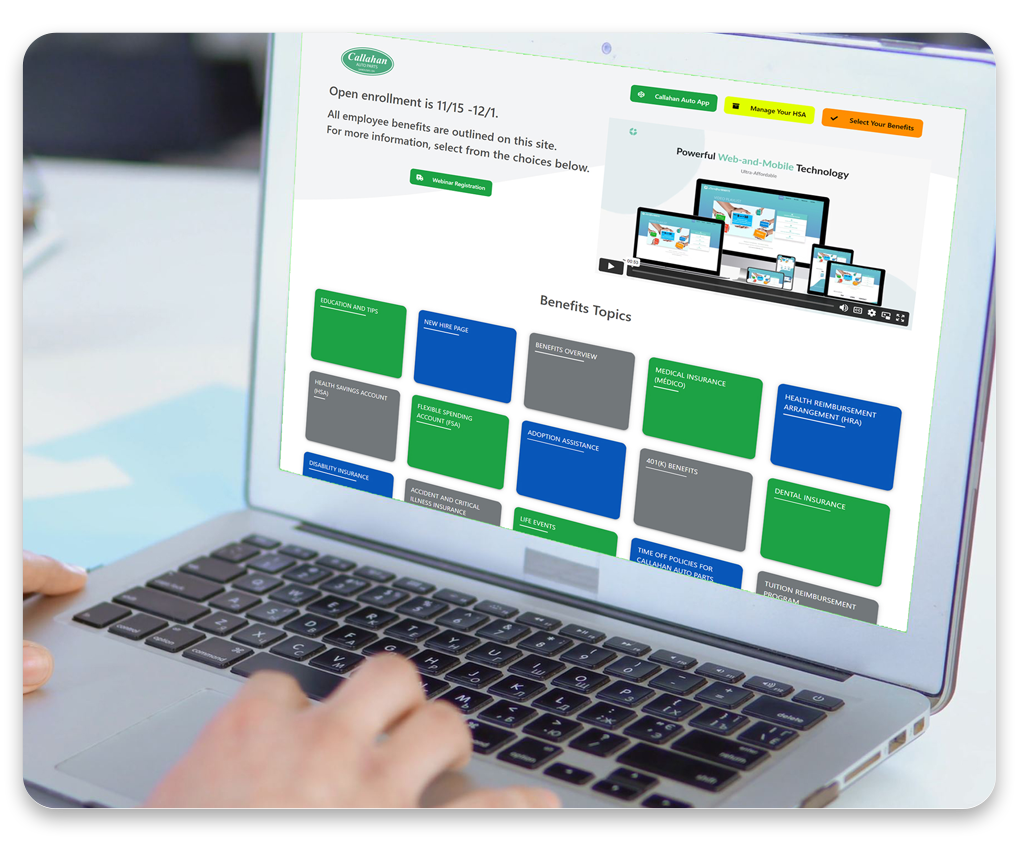by Sarah Gunter
Two years ago, at the beginning of the Covid-19 pandemic, telehealth came into focus as the next big solution in employee benefits—but, it also came with a host of problems. Telehealth’s main pro: accessibility. Having 24/7, immediate access to care from the comfort of home mitigates several large issues keeping employees from accessing traditional, in-person care, such as transportation, taking time off from work, and long wait times. However, telehealth has one glaring limitation: physicians can only provide care based on information that can be gathered over a phone or video consultation.
The limits of traditional telehealth explain why telehealth utilization rates for outpatient visits dropped to 8% a year after the early stages of the pandemic. “A lot of telehealth services are running single digits to low teens in terms of utilization, and that's considered to be really good,” explains Tim Randall, Director of Sales at EZaccessMD. For Randall, this isn’t the case—telemedicine provider EZaccessMD averages a 70% utilization rate across its client base.
The reason behind these results? EZaccessMD is revolutionizing how healthcare is delivered. Like traditional telehealth, patients speak to a physician over the phone or online. However, unlike traditional telehealth, if further care is needed, EZaccessMD’s trained mobile technicians will come to the patient’s house to deliver in-person services including vitals measurements, lab tests (flu, strep, urinalysis), X-rays, ultrasounds, and ear, nose, and throat exams.
An owner of a property management company describes how the service helped his own family: “My grandson injured his leg playing sports and, not knowing if it was broken or not, we thought a trip to the emergency room was imminent. My son, who’s an employee of mine, remembered his EZaccessMD benefit. Within the hour a technologist was in their home administering an x-ray.”
Such diagnostics greatly reduce the need for urgent care and ER referrals—which, considering that EZaccessMD is completely free for employees and generates no claims for employers, is quite an impactful benefit. The President of an employee benefits consulting firm in North Carolina describes why he recommends EZaccessMD to employers, explaining, “I find that two of the key drivers of healthcare costs for my clients are preventable urgent care and emergency room claims. EZaccessMD’s service reduces these claims substantially.”
Employees like EZaccessMD because it makes healthcare more accessible in terms of cost. “If the employee had to go to urgent care or to the hospital, they are going to have a least a copay, some sort of a deductible, and they may get some surprise bills a month later,” says Randall. “This oftentimes acts as like a deterrent to people seeking medical care, because sometimes they can't afford to use the benefits that are provided to them by their employer just because of the financial constraints that are there.”
One survey shows that three out of ten Americans cites high out-of-pocket patient cost as a barrier to accessing care, and that even for households making more than 120,000% annually, 20% report avoiding care due to costs. It is because EZaccessMD is a benefit and not a health insurer that it can provide employees with free, truly accessible treatment, helping them be proactive where it comes to their long-term health.
One employee at an accounting firm credits EZaccessMD for helping him save money: “Thank you so much for the help! I would have had to make an appointment with my doctor or perhaps go to urgent care or the ER and waste a chunk of money that I didn’t have to spend.”
If you’re interested in how the future of telemedicine can help your company, find EZacessMD on The Granite List





